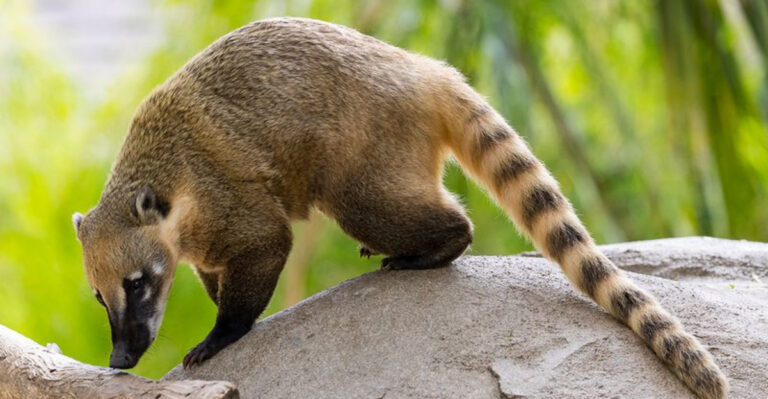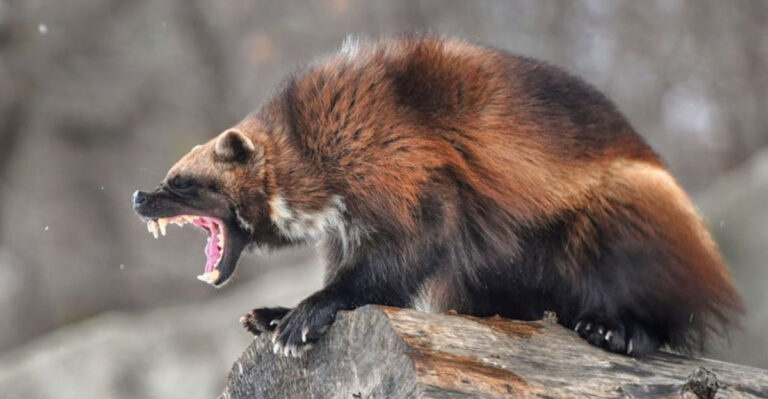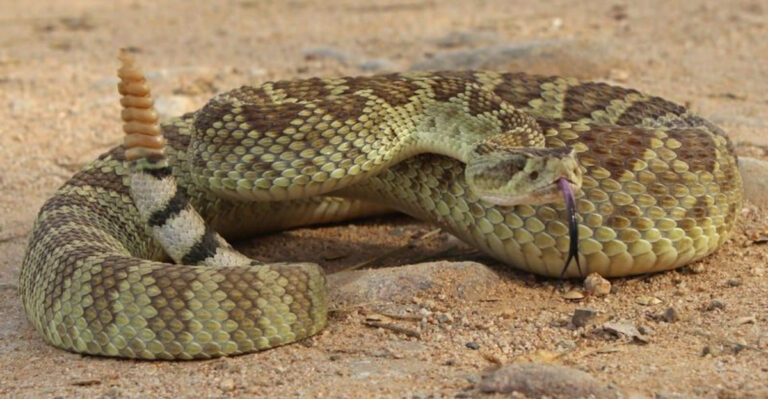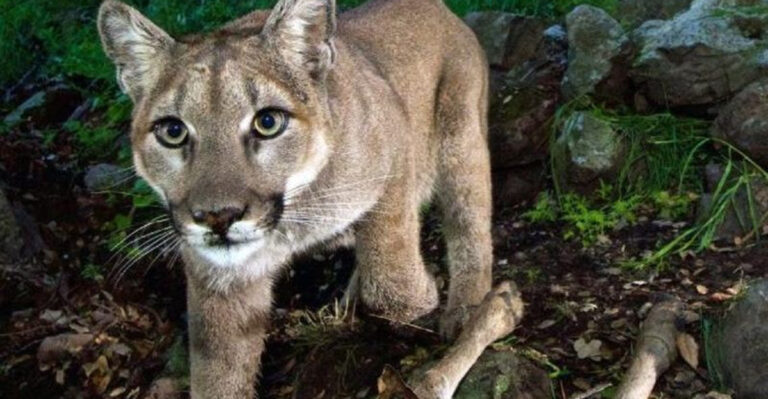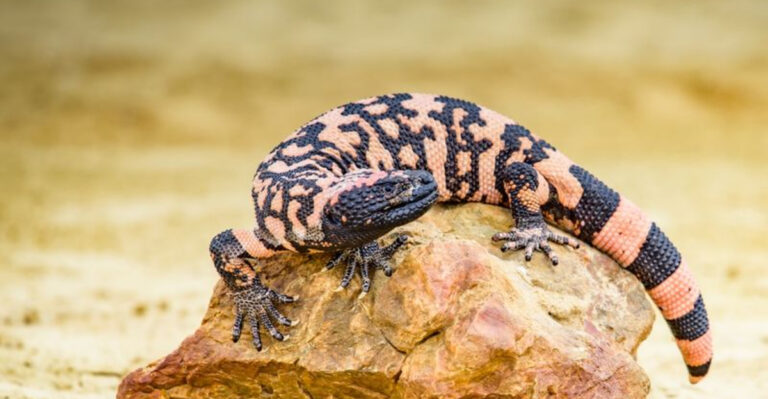Who Ate The Dinosaurs After Their Passing? Scavenger Behavior In Prehistoric Times
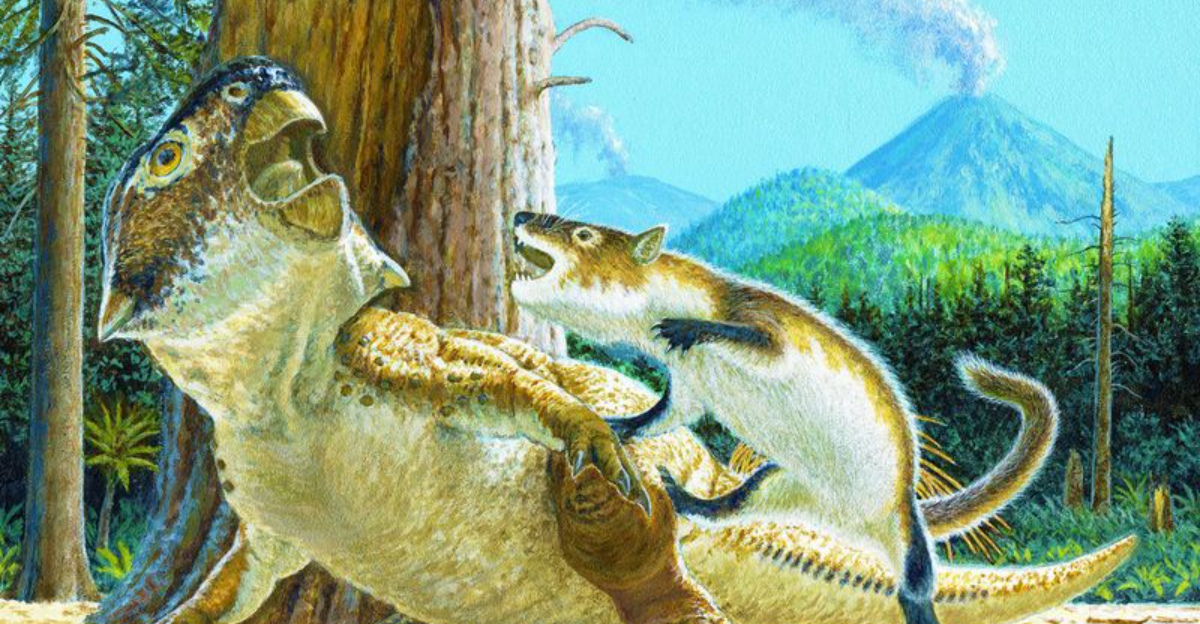
When dinosaurs died millions of years ago, they didn’t just disappear. Their massive bodies became prehistoric buffets for countless hungry creatures. Understanding who feasted on dinosaur remains helps paleontologists piece together ancient food webs and ecosystem dynamics.
Let’s explore the fascinating world of prehistoric scavengers who cleaned up after dinosaur deaths.
1. The Role Of Scavengers In Prehistoric Ecosystems
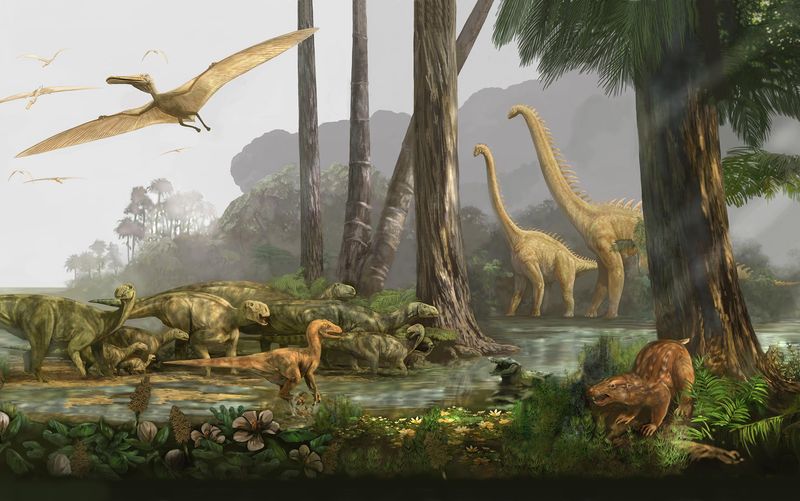
Nature’s cleanup crew kept prehistoric environments from becoming clogged with rotting carcasses. Without these efficient recyclers, nutrients would remain locked in dead tissue instead of returning to the ecosystem.
Scavengers transformed dinosaur remains into usable resources for other organisms, creating a vital link in prehistoric food webs that supported biodiversity.
2. Large Theropods As Opportunistic Scavengers
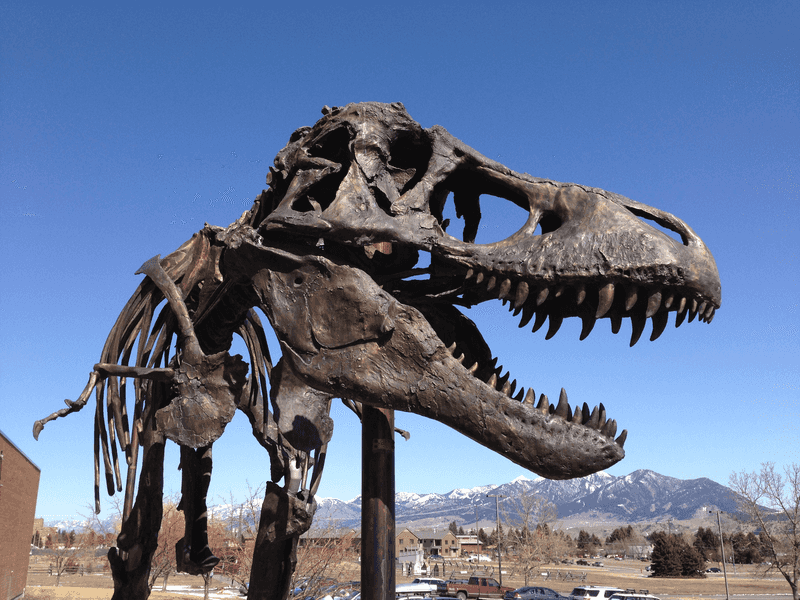
Even mighty Tyrannosaurus rex likely couldn’t resist a free meal. Recent skull analyses suggest these apex predators had incredible smell detection, perfect for locating rotting flesh from miles away.
Bite marks matching T. rex teeth found on various dinosaur bones indicate they weren’t picky eaters. When hunting proved difficult, scavenging offered these massive carnivores essential calories with minimal effort.
3. Prehistoric Crocodilians As Dinosaur Scavengers
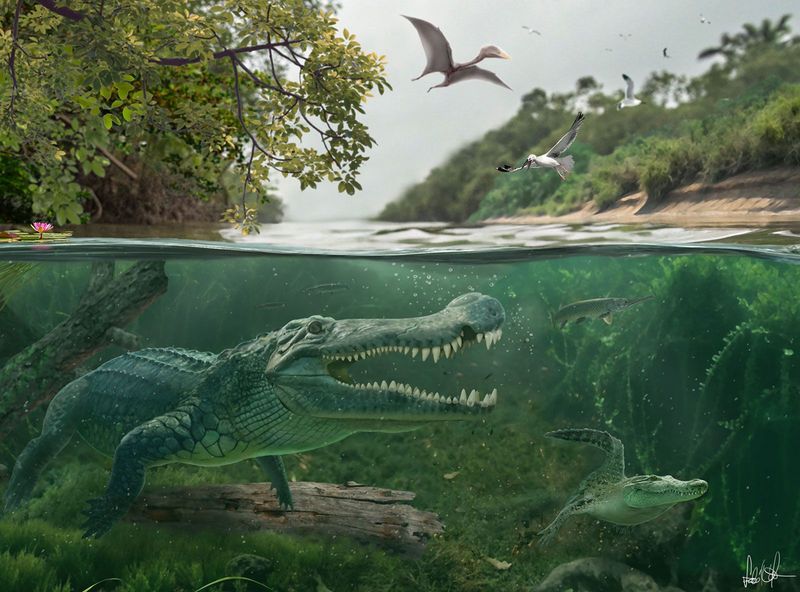
Ancient relatives of today’s crocodiles were perfectly positioned for dinosaur dining. Living in waterways where dinosaurs came to drink, these ambush predators witnessed countless drowning accidents and drinking-spot predation events.
Fossil evidence shows distinctive crocodilian tooth marks on dinosaur bones. Their feeding technique helped them tear chunks from massive carcasses that washed into their aquatic domains.
4. Coprolites: Fossil Evidence Of Dinosaur Consumption

Prehistoric poop tells fascinating tales about ancient dining habits! Fossilized feces, called coprolites, sometimes contain bone fragments that reveal who ate whom in prehistoric times.
Scientists have found coprolites containing dinosaur bone fragments from various scavengers. By analyzing these prehistoric bathroom breaks, researchers can identify which creatures feasted on dinosaur flesh after passing.
5. Tooth Marks On Fossilized Bones: Evidence Of Scavenging
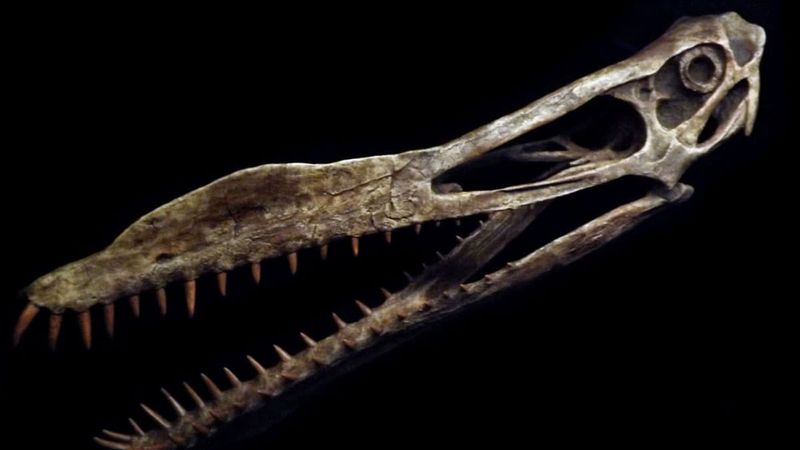
Prehistoric crime scenes reveal themselves through distinctive damage patterns on dinosaur bones. Parallel grooves, punctures, and scrapes tell stories of ancient feeding frenzies.
By comparing these marks to modern animal teeth, scientists match specific scavengers to their dinosaur meals. Some fossils show multiple scavenger species fed on the same carcass, establishing a prehistoric pecking order at the dinner table.
6. Scavenger Behavior In Early Mammals
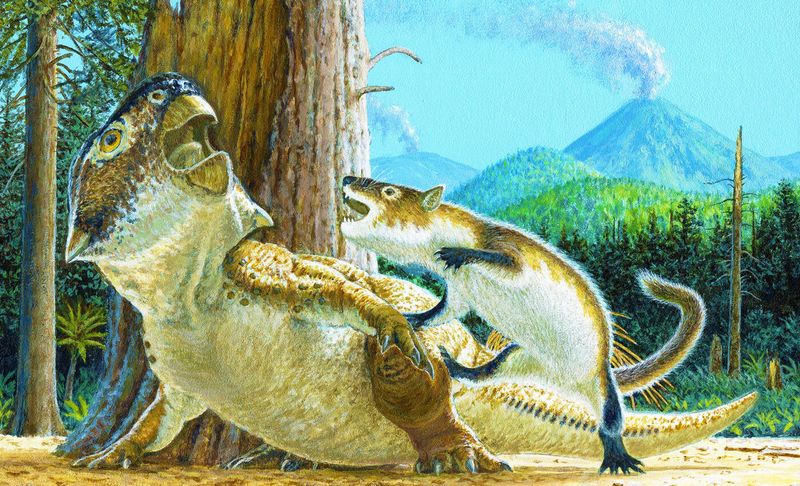
While dinosaurs ruled the daytime, tiny furry opportunists emerged under cover of darkness. These early mammals, no bigger than modern rats, developed specialized teeth perfect for quickly stripping flesh from bones.
Their small size allowed them to hide from larger predators while still accessing nutritious dinosaur remains. This nighttime scavenging strategy helped mammals survive and eventually thrive after the dinosaur extinction.
7. Patterns Of Disarticulation In Dinosaur Fossils

The way dinosaur skeletons fall apart after they perish reveals who ate what and when. Certain body parts typically disappear first – soft tissues, followed by smaller bones that scavengers could easily carry away.
Water currents, weather, and gravity also affected how remains scattered. By studying these disarticulation patterns, scientists reconstruct the complex sequence of scavenging that transformed complete dinosaurs into scattered bone fragments.
8. Raptors And Their Scavenging Habits
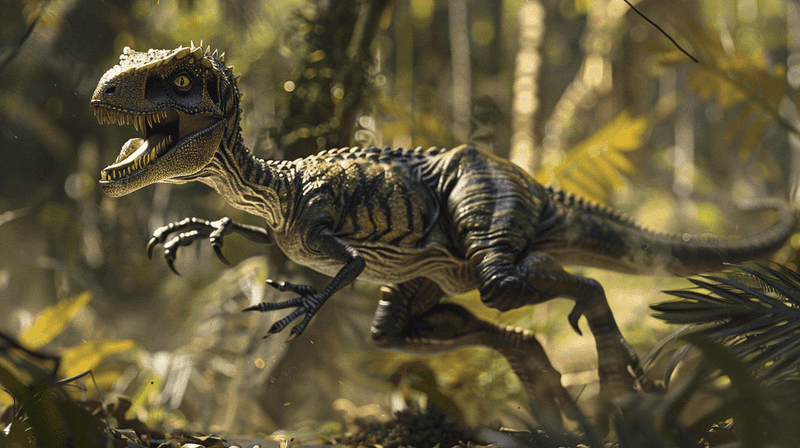
Quick and clever dromaeosaurs (popularly known as raptors) possessed perfect tools for scavenging – sharp curved claws and serrated teeth that easily sliced through tough dinosaur hide.
Fossil evidence suggests these nimble predators sometimes scavenged larger dinosaur carcasses. Their relatively small size allowed them to dart in, grab choice morsels, and retreat before larger scavengers arrived to claim the bounty.
9. Dinosaur Carcasses And Their Impact On Ancient Food Chains
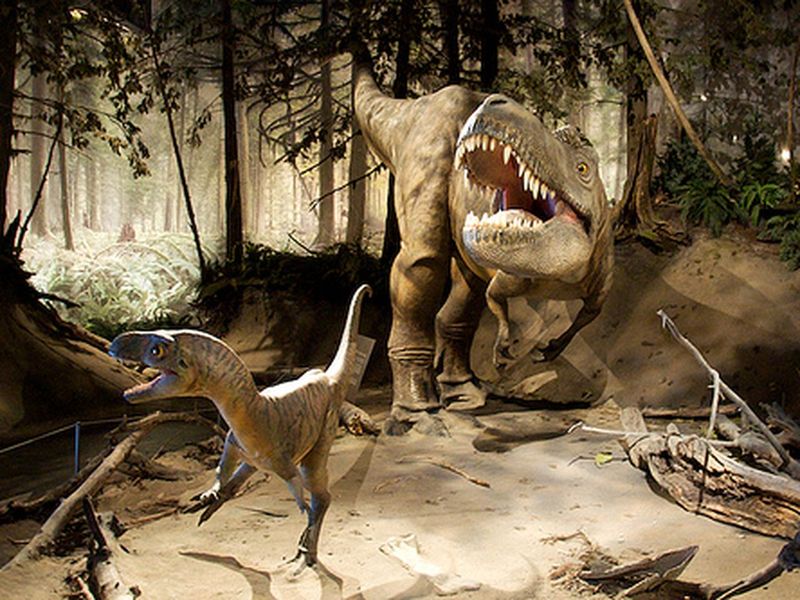
When a 40-ton sauropod died, it created a temporary ecosystem all its own! From large carnivores to tiny insects, hundreds of species could feed on a single giant carcass for months.
These massive organic deposits enriched surrounding soil with nutrients. Plants growing in these nutrient-rich patches then attracted herbivores, creating “hotspots” of biodiversity that lasted long after the bones were picked clean.
10. Invertebrates As Dinosaur Scavengers
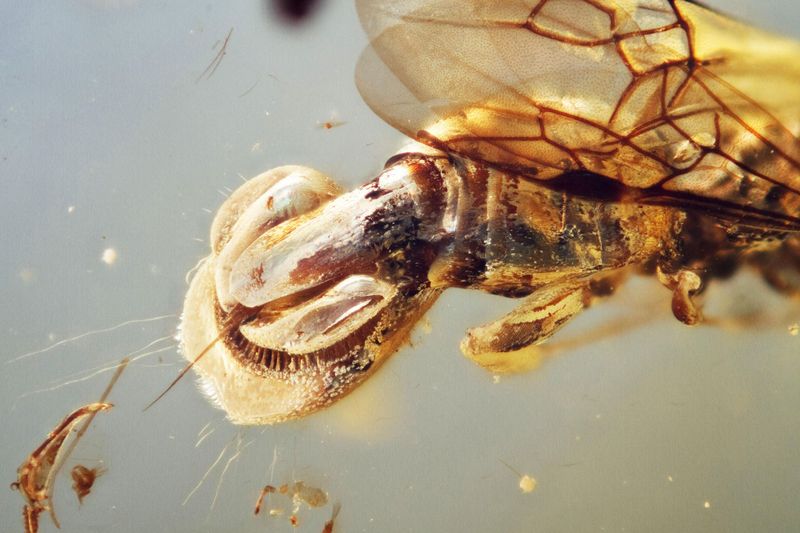
Beetles, flies, and other bugs played crucial cleanup roles in prehistoric ecosystems. Modern forensic studies show insects colonize carcasses in predictable waves – first come flies, then beetles and other specialists.
Fossil evidence of these tiny scavengers is rare but revealing. Some amber specimens contain insects preserved with dinosaur tissue in their digestive tracts – prehistoric evidence caught in the act!
11. How Paleontologists Interpret Scavenging Evidence
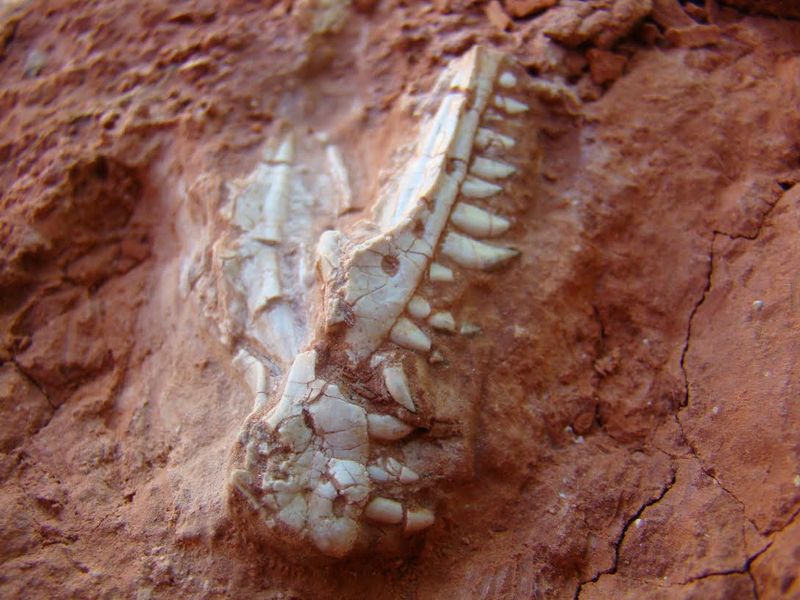
Scientific detectives use multiple clues to distinguish scavenging from predation. The position of tooth marks, their depth, and healing signs help determine if damage occurred before or after the animal’s passing.
Experimental archaeology provides valuable insights too. By observing modern scavengers and creating artificial scenarios with animal carcasses, scientists can better understand the patterns left behind by ancient cleanup crews.

